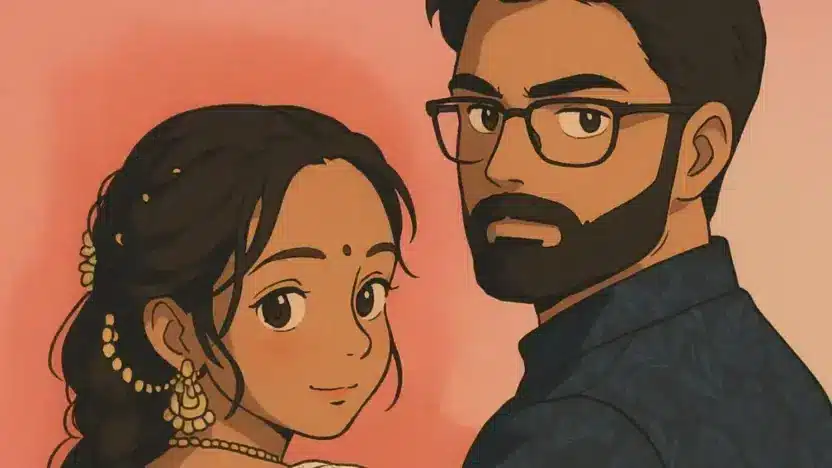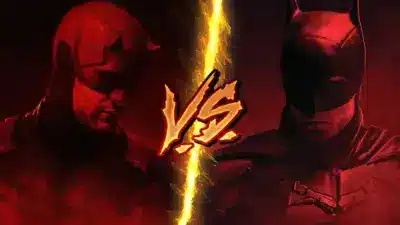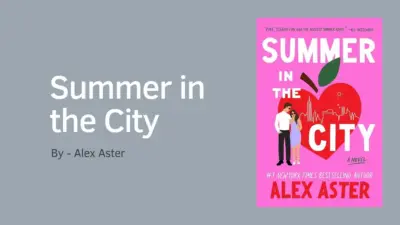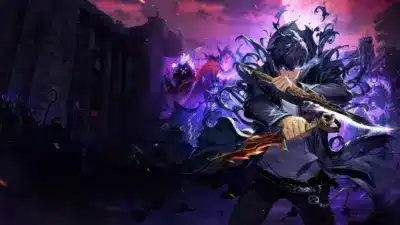Studio Ghibli has captivated audiences for decades with its breathtaking animation, deeply emotional storytelling, and imaginative worlds. The unique artistic style of Ghibli is instantly recognizable, setting it apart from other animation studios. But what is Ghibli art? Is it just the soft, painterly backgrounds, or is there something more to it? In this article, we’ll explore the distinctive features of Ghibli art, how it brings characters to life, and why it continues to enchant viewers worldwide.
The Heart of Ghibli Art: Handcrafted Beauty
Ghibli art is rooted in traditional hand-drawn animation, a rarity in an age where digital animation dominates. The studio’s artists painstakingly create every frame with incredible attention to detail, ensuring each scene feels organic and alive. From lush countryside landscapes to bustling cityscapes, every background is painted with rich colors and a watercolor-like softness, adding warmth and depth to the world.
The movement of characters in Ghibli films also stands out. Unlike the exaggerated, rapid movements seen in many animated films, Ghibli’s animation focuses on naturalistic gestures. A character pausing to breathe, the way wind gently rustles hair, or the weight of a footstep on grass—these small details make the animation feel real and immersive.
The Iconic Ghibli Characters and Their Unique Art Style
Totoro: The Symbol of Ghibli’s Whimsical Nature
One of the most recognizable Ghibli characters, Totoro from My Neighbor Totoro, embodies the studio’s magical and endearing art style. His round, soft body and wide, friendly grin make him feel both mysterious and comforting. Totoro’s design reflects a balance of simplicity and charm, allowing him to seamlessly fit into the lush, dreamy landscapes of the film.
Beyond aesthetics, Totoro’s animation enhances his character. His movements, whether he’s floating on a spinning top or sleepily yawning, feel fluid and natural. This attention to detail makes him not just a character, but a living, breathing presence in the film’s world.
Chihiro: Expressive and Humanlike Animation
Chihiro from Spirited Away showcases how Ghibli’s art style captures the depth of human emotion. Her character arc is visually reflected in her design—starting as a timid girl with slumped shoulders and nervous expressions, she gradually becomes more confident, her posture strengthening as the film progresses.
Ghibli’s animators excel at using subtle expressions and body language to tell stories. Chihiro’s hesitant steps, the way she grips her clothes when she’s scared, or the look of determination in her eyes—each of these small moments contributes to making her feel incredibly real.
Howl: Elegance in Motion
Howl from Howl’s Moving Castle represents another side of Ghibli’s art—graceful and fluid animation. His design, with striking features, flowing hair, and a dramatic cape, highlights his enigmatic nature. Every movement he makes, whether he’s dramatically spreading his wings or calmly floating in the air, feels smooth and weightless, adding to his ethereal charm.
The use of color in Howl’s design is also a signature Ghibli touch. His character undergoes subtle visual changes depending on his emotional state. When he’s confident, his colors are vibrant; when he’s melancholic, they shift to darker shades. This color psychology is a key element in Ghibli’s storytelling.
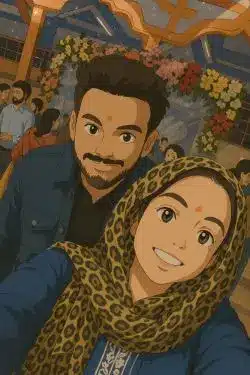
Nature as a Character in Ghibli Art
One of the most defining aspects of Ghibli’s art is how nature is treated as a living entity. Whether it’s the vast forests in Princess Mononoke, the peaceful countryside in My Neighbor Totoro, or the ocean waves in Ponyo, the natural world in Ghibli films isn’t just a background—it’s an essential part of the story.
Ghibli’s landscapes breathe with life. Trees sway with the wind, rivers sparkle under the sunlight, and even small details, like the way leaves rustle or raindrops scatter on the ground, are meticulously animated. This deep respect for nature makes every setting feel magical and immersive.
The Emotional Depth of Ghibli’s Art
Unlike many animated films that rely on flashy effects, Ghibli’s art uses subtle visual storytelling to evoke emotions. Lighting plays a crucial role—warm hues in sunset scenes create nostalgia, while cooler tones in foggy, mysterious settings evoke curiosity or unease.
Facial expressions are also a major part of Ghibli’s storytelling. Unlike exaggerated expressions often seen in cartoons, Ghibli characters display realistic emotions. A slight quiver in the lip, a quick glance of hesitation, or the softness in someone’s gaze—all of these elements make the characters incredibly relatable.
Why Ghibli Art Feels Timeless
Despite advances in digital animation, Ghibli’s traditional art style remains beloved. The hand-drawn approach gives the films a timeless, handcrafted feel that CGI often struggles to replicate. The warmth and texture of Ghibli’s animation ensure that, even decades after their release, the films still feel fresh and immersive.
The storytelling combined with Ghibli’s unique visual style creates a world that feels personal and nostalgic. Whether it’s the whimsical creatures, the rich landscapes, or the deep emotional resonance, Ghibli art is more than just an animation style—it’s an experience that stays with the audience long after the credits roll.
Also Read: How Digital Platforms Are Changing Manga Consumption
